Saxophone Fingerings: A Complete Guide to Alternatives
4th August 2025These are some of saxophonist Preston Cummins’ most frequently used alternative fingerings, selected for their practicality, tuning flexibility, and tonal versatility. In his accompanying video, Preston demonstrates each option – including side Bb, side C, alternate G# positions, and venting techniques – so you can both see and hear how they work in context.
This complete guide to alternatives serves as a written reference to those saxophone fingerings, helping you apply them more confidently in your own playing.
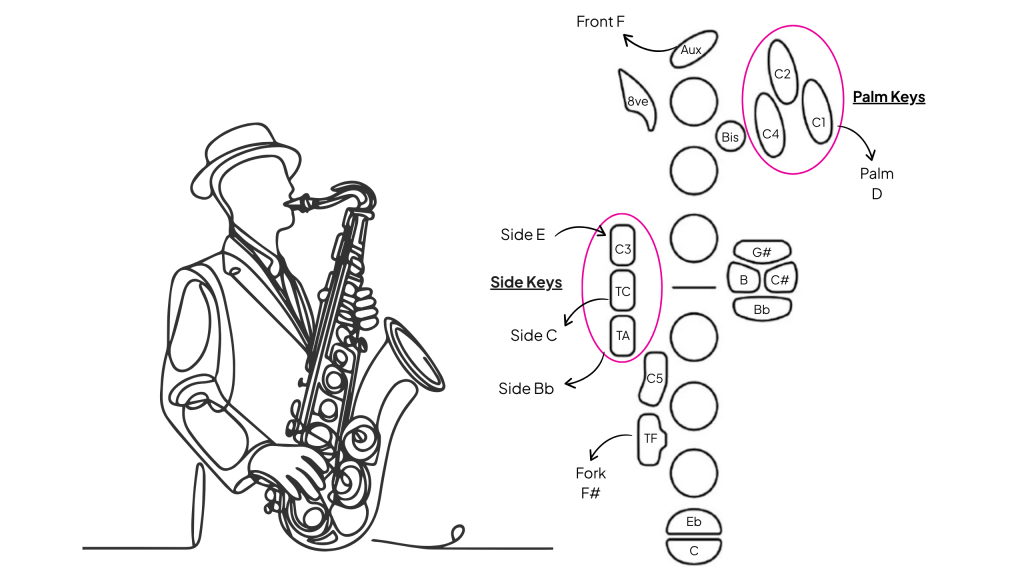
1. Middle Bb
Bb (A#) has multiple fingerings, each with its own advantages depending on context. They are not interchangeable in every situation, as each one can slightly affect tuning, tone, and stability.
- Side Bb (TA): The most standard Bb saxophone fingering. It is useful in chromatic lines and offers good mechanical efficiency for fast, chromatic motifs.
- Bis (Button Bb): Activated by the small key between B and A, this fingering is useful when staying within keys like Bb major or G minor. Effective in scalic runs where the left-hand 1st finger remains in position.
- Flute-style: Using the first finger of the left hand, the RH keys articulate the Bb mechanism, meaning you can use any right hand finger (1,2 or 3) to articulate the Bb. Useful for going between large intervals like Bb – low D or Bb – F, including tremolos and ornaments.
Regardless of which fingering you choose, always listen closely. Each version of Bb affects pitch slightly, and while some are better suited for dexterity, others may help fine-tune intonation in specific passages.
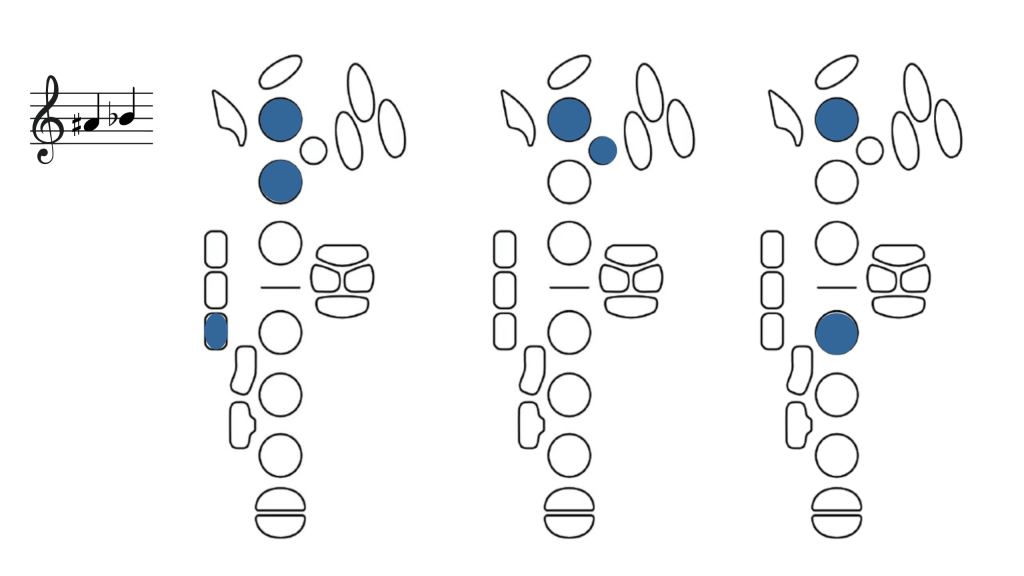
2. Middle C
This alternate options for middle C, offers improved movement in certain technical contexts:
- Side C (Tc) + B (LH 1): Effective for fast trills between B and C or Bb and C (when used in conjunction with the Bis key). Allows for cleaner transitions between each note.
The side C fingering often produces a flatter pitch compared to the standard fingering. It is therefore useful to consider where to use this in terms of intonation, and may be better suited for fast passages where the pitch is not sustained.
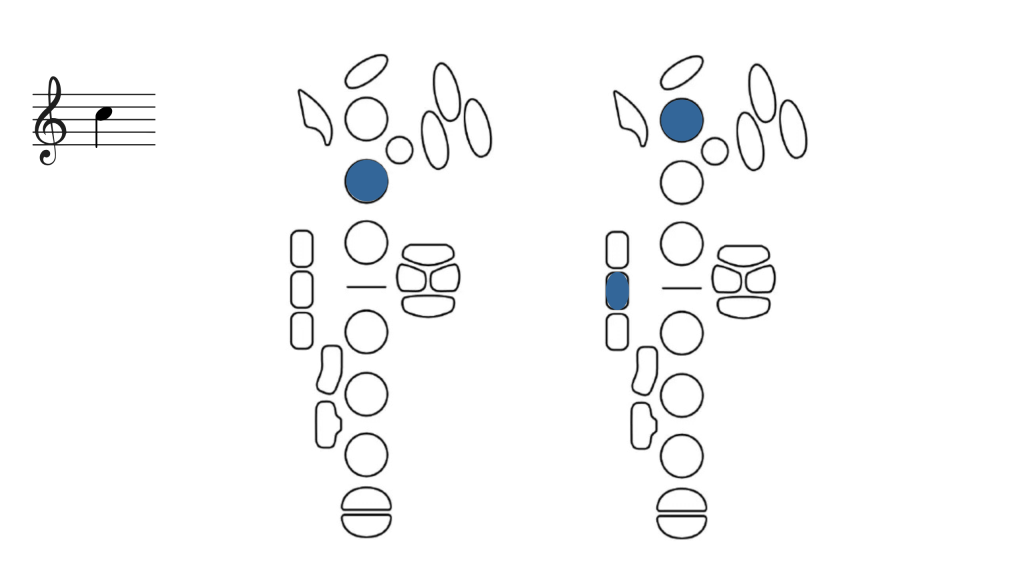
3. Middle C#
Open C# is one of the most problematic notes on the saxophone, as it is typically flat and lacks resonance.
To address this, try the following adjustments:
- Add LH 3 + octave key: Increases resistance and helps stabilize pitch and resonance.
- Use venting keys: Add side C (Tc), side Bb (Ta), or both to raise the pitch to the required amount.
- Alternative D-to-C# adjustment: Play a standard middle D and lift fingers 1 and 2, leaving only the third finger and RH pressed. This acts as a vent and can bring the C# closer to pitch while also improving tone. You may want to experiment in pitch by also adding side keys.
Always experiment with these options using a tuner or drone. Each saxophone responds differently, and fine-tuning your approach based on how your instrument behaves is crucial.
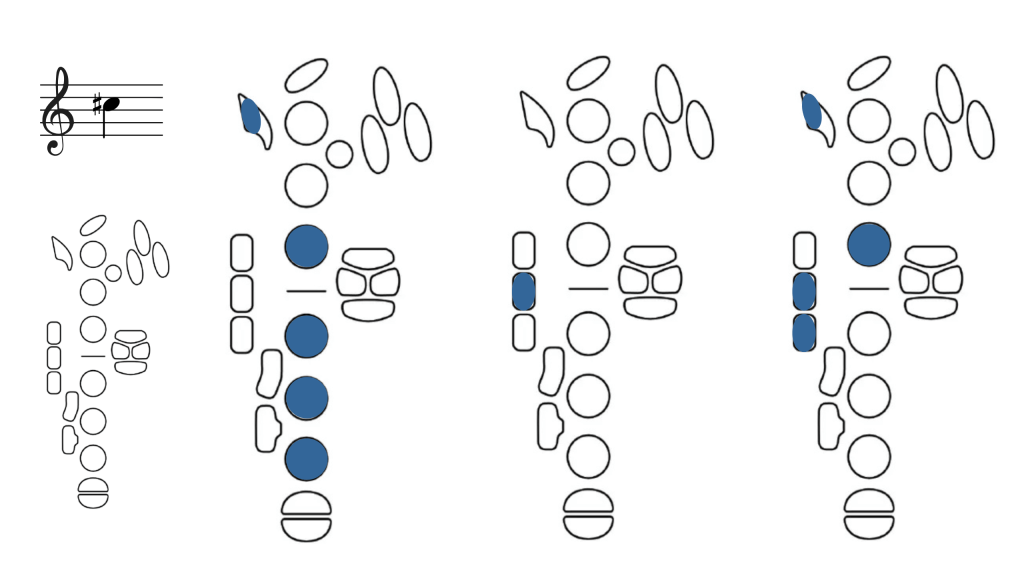
4. Middle or Long D
The standard fingering for middle/long D is 123 456 + octave key, producing a full, resonant tone suitable for most musical situations. Alternate fingerings, however, offer specific artistic or technical advantages.
- C + palm D (C1): Ideal for C–D trills and soft, subtle playing. The tone is thinner and quieter, making it less suitable for projected or sustained use in ensemble settings but a great fit for timbral differences.
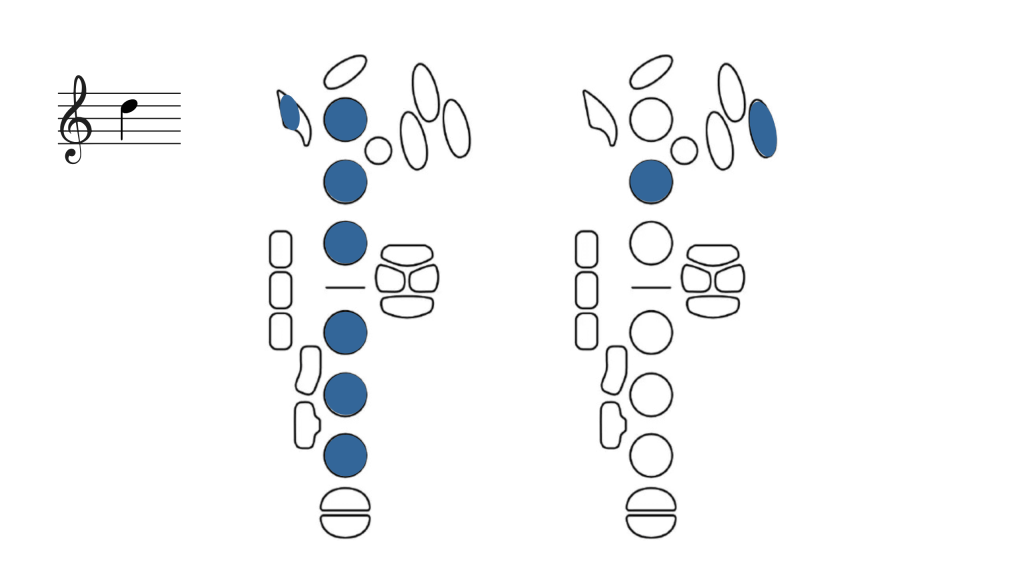
5. Alternative G#
G# can be awkward mechanically, particularly in passages involving large leaps (e.g., G# to low B or C). Using the left-hand pinky more strategically can improve response and control.
- Alternate pinky use: Reaching G# without repositioning the entire hand can improve technical fluency. Be sure the G# mechanism is clean and responsive, as sluggish or sticky pads can disrupt these transitions.
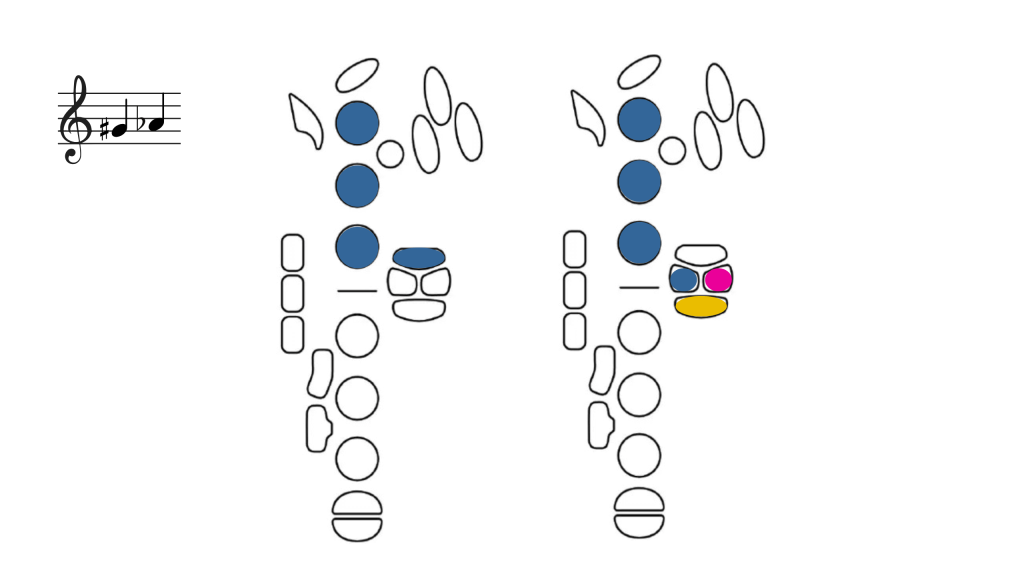
6. Venting
Venting involves adding auxiliary keys while playing certain notes to subtly change pitch, tone, or resonance. It allows players to fine-tune intonation and timbre without altering embouchure pressure, which can otherwise choke the reed or destabilise tone.
- Raise middle G: Add the Auxiliary F key or Eb pinky to bring the pitch slightly higher.
- Raise middle B: Add side Bb (Ta) to raise the pitch and brighten tone quality.
- Open up low D: Add the C# key to low D for a more resonant, open tone.
Venting is highly individual and may behave differently depending on your instrument, mouthpiece setup, and playing environment. Always use a tuner or drone to understand how your horn responds, and be prepared to adapt based on room acoustics, ensemble pitch, and the demands of solo repertoire.
Final Thoughts
Mastery of alternate fingerings and venting techniques gives saxophonists the ability to adapt with confidence and precision. These tools are not just technical aids; they are expressive devices that allow you to shape sound and pitch with intention. Every saxophone is slightly different, so it is essential to spend time learning how yours responds.
Alternative fingerings and venting are not “advanced tricks” or cheats reserved for professionals – they are practical tools that benefit any player aiming for musical precision and expressive control.
